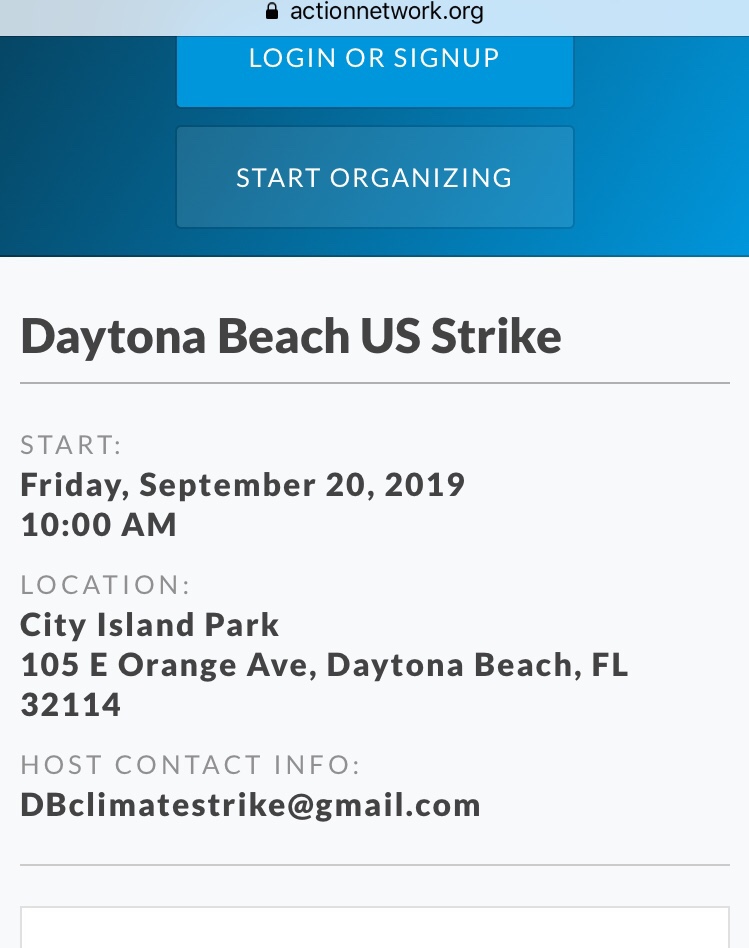Ah, the power of location! The cardinal three-word principle of real estate is also a core tenet of permaculture design. A well-designed home, landscape, or community has things placed in optimum relative location to one another.
Nature is the master at this. Trees and other living things that need a steady supply of water naturally grow near streams and springs. Drought-tolerant flora and fauna live on drier land.
When we humans try to override nature too much (such as by trying to grow plants that aren’t suited to the climate where we live), we end up using a lot of resources, spending too much money, and doing unnecessary work. A prime example is how far most of us have to travel each day just to get our basic needs met. (Here, I am particularly talking about the USA.) Outside the major cities (or even inside some of them), everything is car-distance apart. Schools, workplaces, homes, food, other daily household necessities.
When I traveled around Europe and lived in Japan as a young adult, I was struck by how easy (and enjoyable) it was to get the tasks of daily life done because people and things were located in such close proximity to one another.
Here’s a “relative location” tip: If you’re going to have a gym membership, pick a gym that’s located very close to either your home or your workplace, to increase the likelihood that you’ll use it.
And a “relative location” tip related to food: Since fresh produce is heavy and energy-intensive to transport (compared with dry bulk items), growing some of our own greens and other fresh food (or buying from locals) is a good way to do our bit to address the location inefficiencies built into our food system.
I’ve heard some people say you should put your compost pile as far as possible from the house so you don’t have to smell it. My approach, rather, is to put the compost pile (or bin) as close to the kitchen door as possible. For convenience, and also to ensure you’ll manage it properly (and therefore it won’t smell)!
Here’s a story about the power of relative location. A major computer company was asked why it had chosen to manufacture in China rather than the U.S. What do you think the answer was? Cheaper wages? Less regulation? Cheaper raw materials? Nope, none of the above. It was the close physical proximity of suppliers! A good case study for a seminar on entrepreneurial ecosystems … or for a permaculture design course.
Where in your living environment, and in the world around you, do you notice the principle of relative location working well? Where do you notice room for improvement?
What would your ideal community layout look like? Would you be willing to sacrifice some personal space if it meant being able to walk or bicycle to all your daily needs? How much time and distance is an acceptable commute or errand to you? Each of us will have different answers to those questions.
Further Reading:
Check out anything written about the history of your local area. Local books at your public library; scholarly papers available as PDFs online. You are likely to find evidence of a rich social ecosystem; a landscape of dwellings and numerous small businesses located in very close proximity to one another. (Depending on where you live, you may be able to see the lingering traces of this layout by walking around your neighborhood.) I read a book about a Rust Belt community which, back in the early 1900s, had something like 88 different little shops in walking distance of one neighborhood.
The Mobility Trap: Why We’ll Never Fix Congestion By Speeding Up Traffic (article from StrongTowns). “So what do we achieve by building new highways and speeding up travel? We don’t actually shorten people’s trips; we just enable them to live and work farther away from each other. … The best transportation policy there is isn’t HOV express lanes, diverging diamond interchanges, or a new or wider freeway on the rapidly-expanding edge of your city. The best transportation policy there is just might be a new corner grocery store in your own neighborhood.”
Vanilla Beans and Brodo: Real Life in the Hills of Tuscany, book by Isabella Dusi. This book is breathtakingly beautiful in its descriptions of everyday life in an Italian town called Montalcino, population just under 6,000, where the architecture and many customs have been preserved intact since medieval times, yet the citizens have selectively brought in modern elements to their social and economic benefit. The residents get around mainly by walking, and stay fit and energetic into their 80s and beyond. They produce almost all their food locally.

